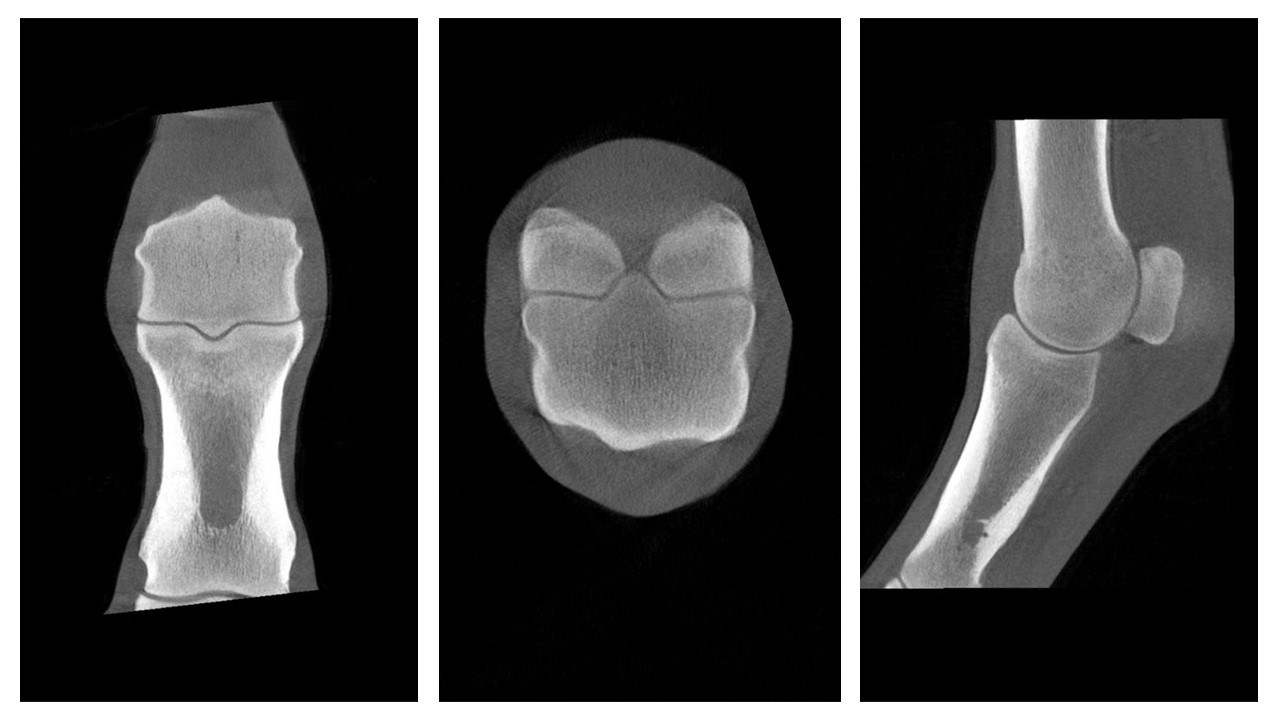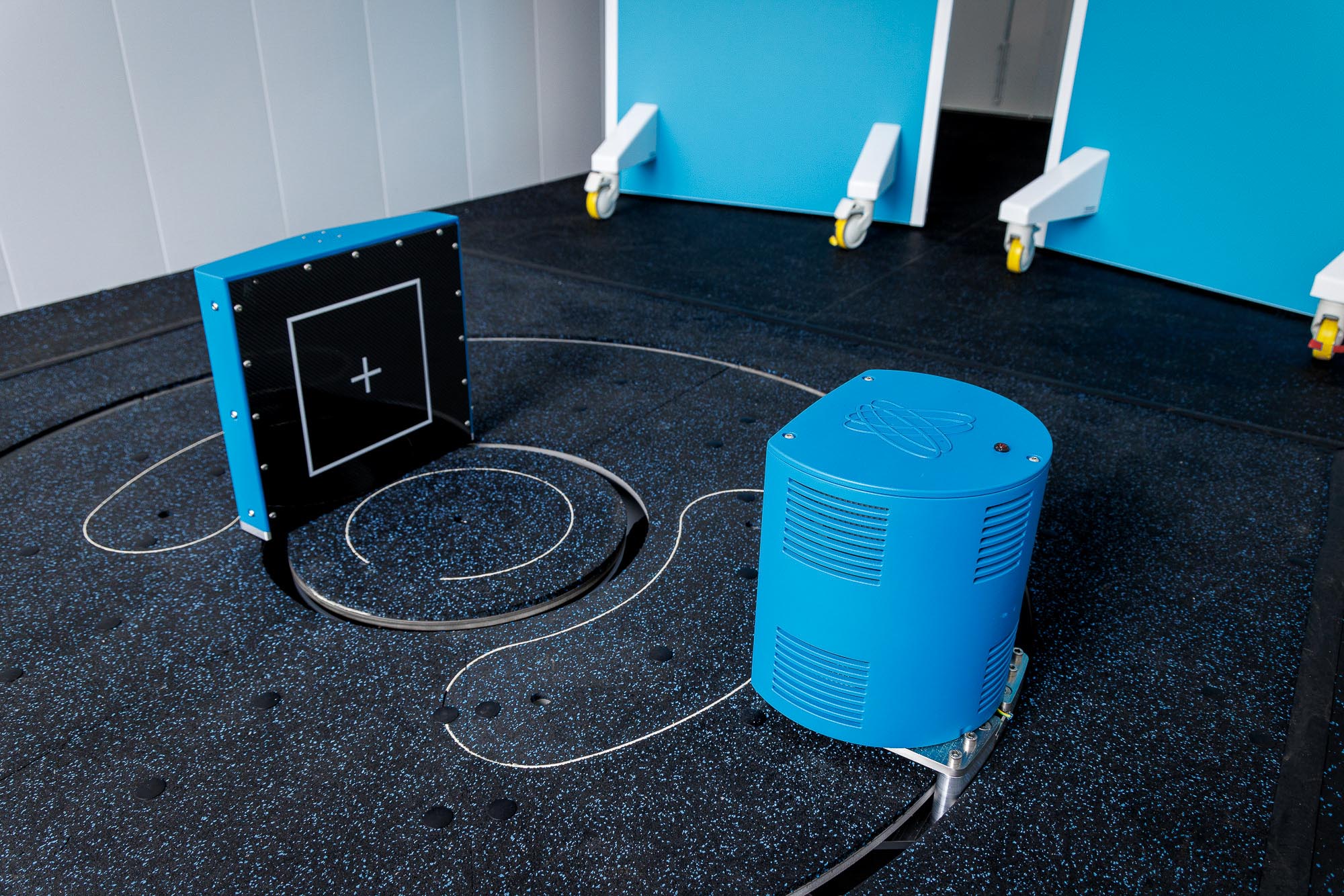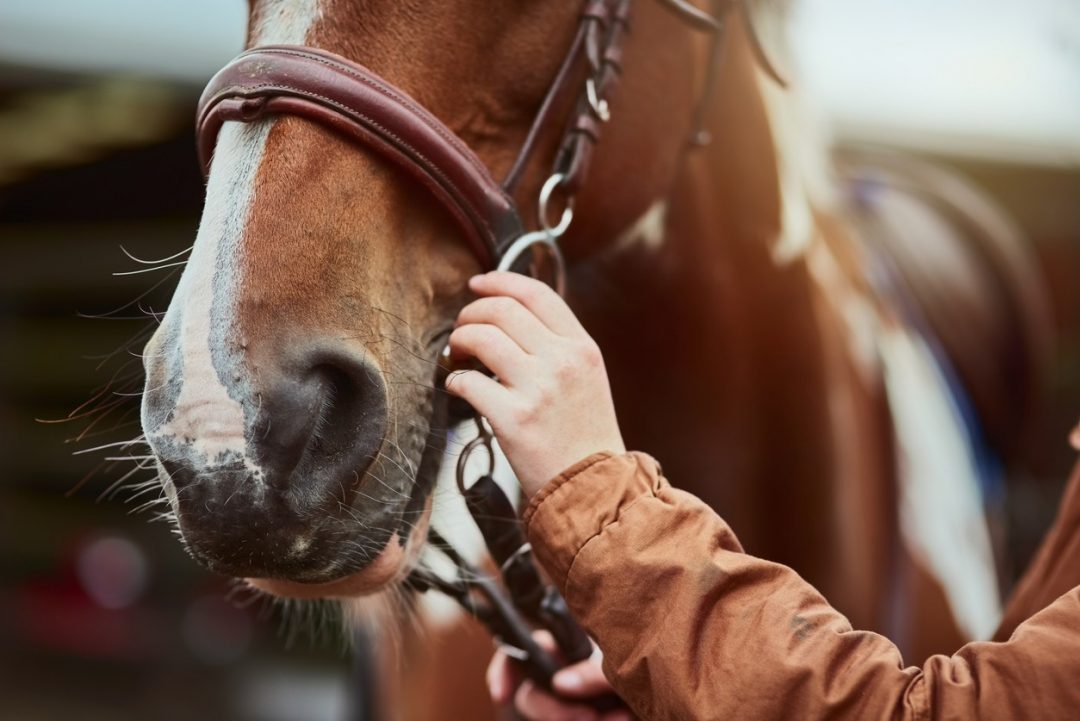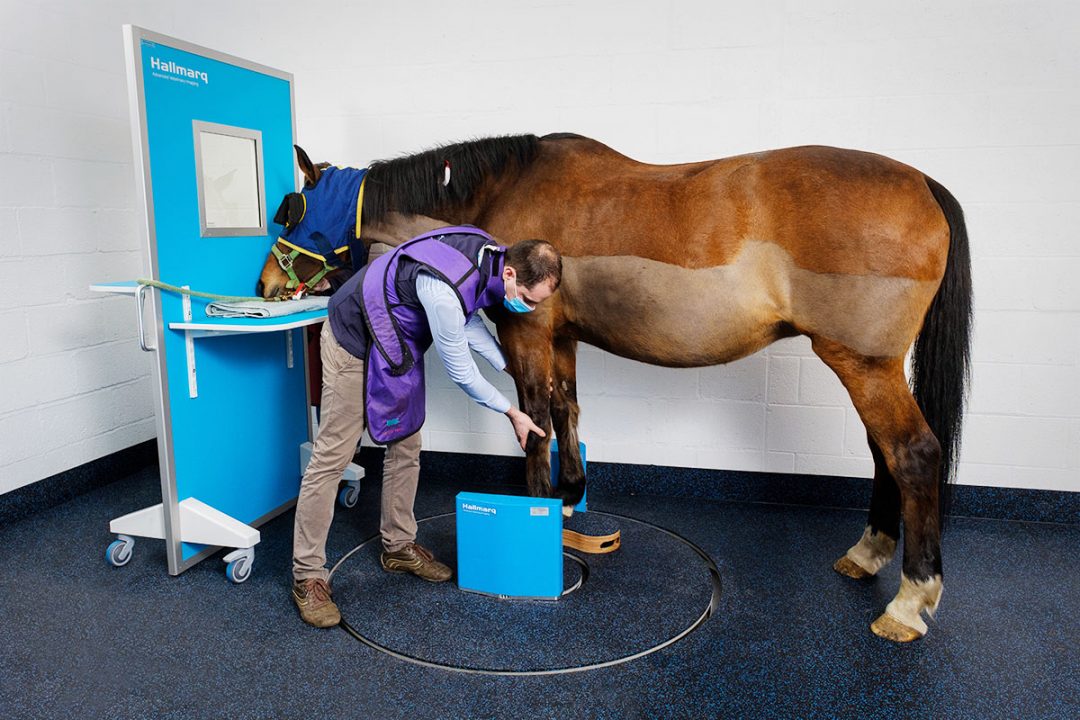Equine veterinarians have long recognized the use of CT as a useful modality in imaging bony pathology. As with human CT, advances in technology have delivered faster acquisition times, lower patient doses and easier care of the patient. Despite these clear advantages, the decision to offer a veterinary CT service comes with its own challenges.
What type of CT for my equine practice?
Anthony Hall, RVN Imaging Technician with Hallmarq Customer B&W Equine Vets, in the UK, discusses the complexities faced when it comes to decision making and choice of CT machine. Amongst the questions to answer will invariably be:
- Does the practice purchase outright or rent?
- Is the CT machine new, or a second-hand refurbished scanner?
- What ongoing monthly costs are incurred in running the equipment?
- How much space is required to house the system?
- And, paramount, how safe is the scanner for both horse and handler?
In considering CT hardware, fan-beam or cone-beam technology is also a deciding factor. Conventional CT utilizes fan-beam technology to collect a series of axial slices. Cone-beam technology offers sub-millimetre resolution, ideal for fine detail required in distal limb imaging. Because general anesthesia is not required with this type of technology, the overall procedure takes less time and is less expensive. However, there are other factors to take into account.
The advantages and limitations of equine CT
Typically, X-ray is the first-choice modality for suspected bony pathology in the horse. With CT however, obtaining further information such as detecting non-displaced fractures, subtle changes in bone density and small osteophytic lesions, there is a clear advantage in aiding prognosis and surgical planning.
Limitations to CT may include spatial, contrast, and temporal resolution, noise, and artefact movement. In addition, the safety of both horse and handler is paramount. With radiation exposure factors linked to image quality, there is a fine balance between keeping the patient dose to a minimum without compromising this. For the handler, the “as low as reasonably achievable” (ALARA) principle must apply.
In addition, possible associated risks of general anesthesia for the patient are of concern to many horse owners. Each will need to weigh up these factors against the superior diagnostic and prognostic information that CT provides.
Not all in the head – is standing limb CT the new norm?
For both standing sedated and/or GA patients, CT systems have become more widely available at equine veterinary practices. While some systems allow for alternating between the standing sedated and laterally recumbent patient, by utilizing a single gantry, patient positioning and the type of equipment used are primarily dictated by caseload and staff preference.
With thanks to Anthony Hall, B&W Equine. See the full article here and follow him on Instagram.
For more information on Hallmarq’s Standing Equine leg CT click here.





